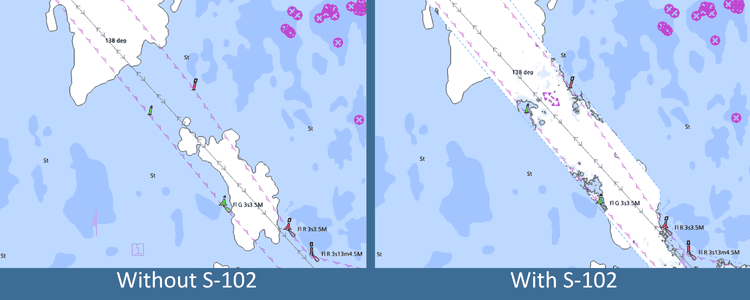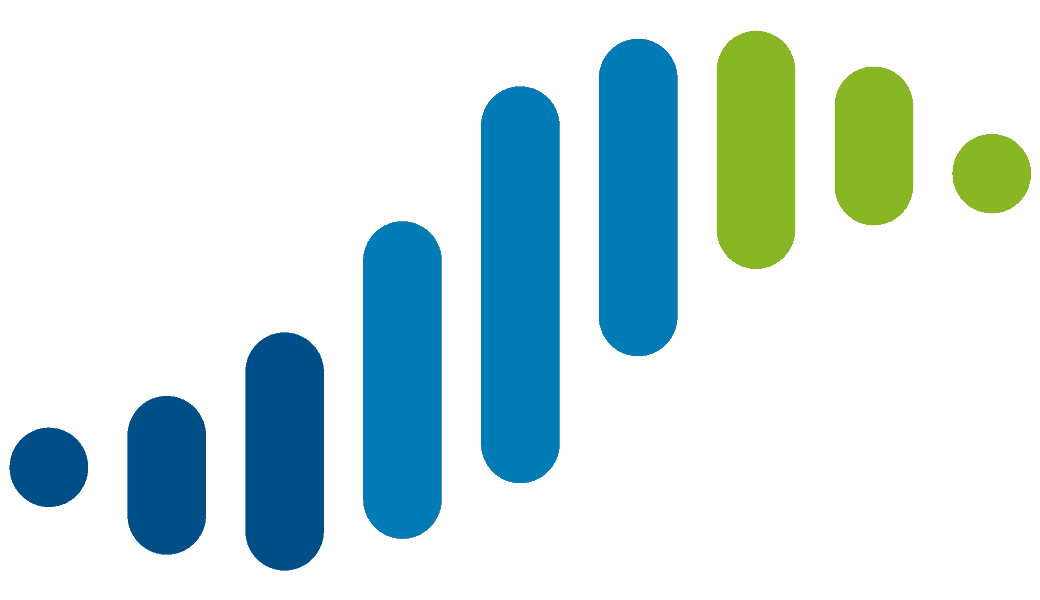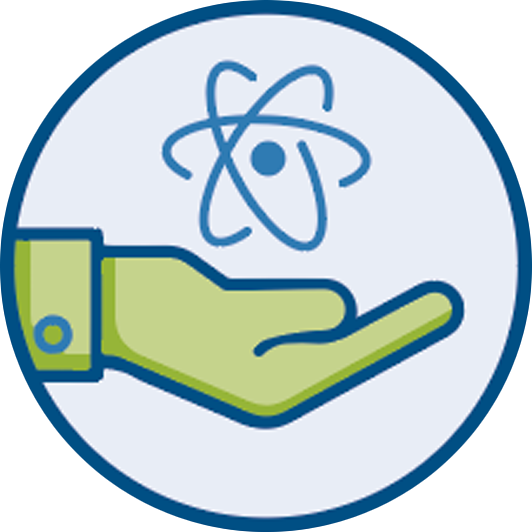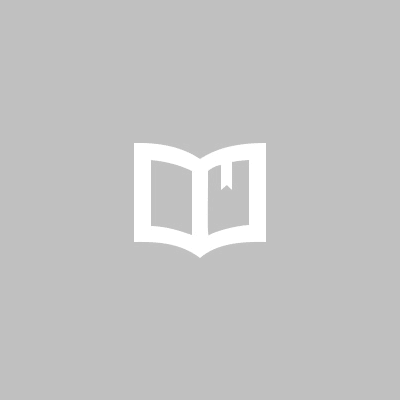
Insights from the first round of S-100 pilot testing
27 June 2025
The feedback from the first round of pilots has been received and analyzed. The feedback portrays valuable insight into the impact and functionality of the new S-100 standard in the Baltic Sea.
Our first round of pilots took place in March of 2025, in which the S-101 and S-102 were tested by end-users. First the participants were introduced to the new S-100 products by planning voyages based on given scenarios and there after they stepped into the full mission maritime simulator to test the functionality in action. During and after each session the participants filled out feedback questionnaires, which were divided into four categories, Participant questionnaire, Planning questionnaire, Monitoring questionnaire and a usability questionnaire.
Planning Phase
In the planning phase, the participants were asked whether the S-100 affected their choice of route 60% agreed that it did have an impact and 40% reported that it did not. One participant commented, “If you have more data, it will be easier to assess, for example, if you have the right distance to a cape, or if you can go around the cape with less distance while maintaining safety. That way you can shorten your route at every step”, with access to more precise data, routes can be planned more efficiently, saving both time and fuel. Reduced fuel consumption and saved time lowers costs and cuts emissions.
In terms of depth resolution feedback for S-101 showed a slight improvement over S-57, despite the fact, that S-101 is fundamentally the same as S-57 in terms of depth resolution. This discrepancy is likely due to some participants interpreting “S-101” as implicitly including S-102. In contrast, the combination of S-101 with S-102 received the most favourable feedback, with a clear majority agreeing or strongly agreeing that the depth resolution was appropriate.
Monitoring Phase
Under the topics of risk management and route adoptions the participants were asked whether the s-100 products affected the way they monitored the route they were sailing. Most answers were positive (75%), participants also praised the improved visibility of water depth, which made safer alternative route planning possible.
Workload was estimated between S-57 and S-100, in which the S-100 clearly took the lead with more than half either answering that their workload was low or very low, with a small amount assessing it to be neither and even fewer responded that it was high. This undoubtedly paints a picture of the S-100 being the least workload heavy.

Usability Phase
In terms of usability, most participants (90%) agreed or strongly agreed that it was easy to learn how to use the S-100 products. When asked about visual clarity, 90% felt that the readability of on-display text had been maintained, and 85% agreed or strongly agreed that it was easy to distinguish graphical information. While the overall feedback was positive, there were a few negative comments which were mainly in connection with software prototype issues.
Conclusion of the first feedback responses
The pilot testing provided valuable insights into the benefits and future development needs of the S-100 products. Participants reported an increased sense of safety and appreciated the added detail in depth information. Many also noted that the products had the potential to improve chart readability and create a more harmonized workflow by bringing different types of information together.
In addition to these benefits, several areas were identified for further exploration. These included preferences for combination views, the need to balance cell size with visibility, and how to manage visual clutter as more products are introduced. More complex scenarios and areas for route planning and monitoring were also suggested for future testing.
Human factors were another important area that came up during the pilot. Participants discussed the pros and cons of allowing alternative routes, the possibility of vessels sailing closer to the margins, and how interaction might be affected when some ships are using older products while others have transitioned to S-100.
Round II
The next round of pilots will be held in September and divided into two groups: Group A and Group B.
-
Group A sessions will take place on September 9–10,
-
Group B sessions will take place on September 16–17.
Registration to participate in the pilots is open from June 27 to August 29.





